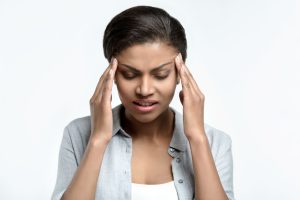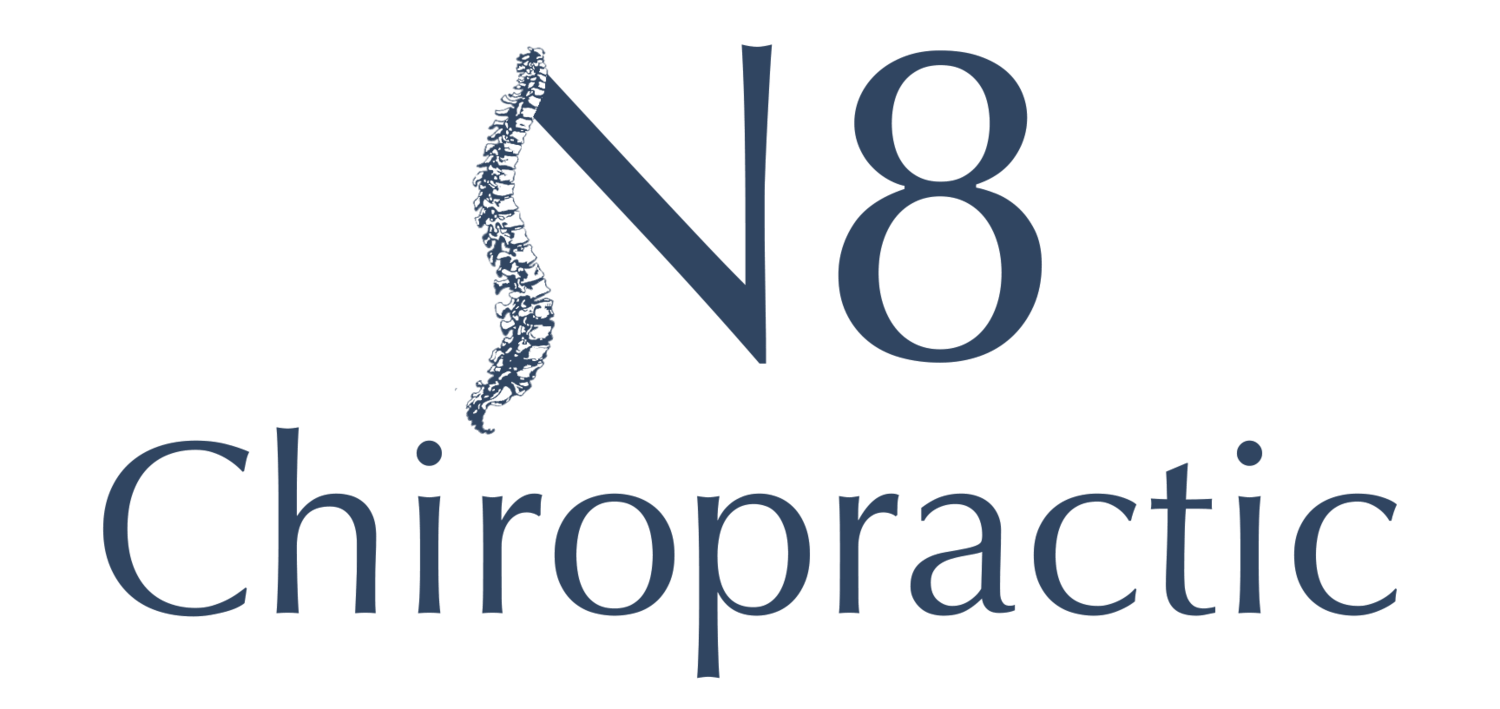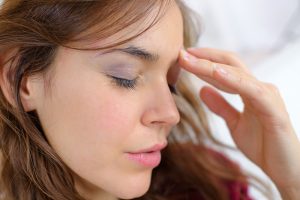What is a Headache?
Headaches are one of the most common health problems that people experience.
Unfortunately, many headaches are caused by tension or stress, which can be hard to avoid in today’s fast-paced world. The good news is that there are effective treatments for headaches available.
Headaches may occur on one or both sides or in any region of the head. Pain can be gradual or sudden and varies in intensity. It can manifest as a dull ache, sharp pain, or throbbing sensation. Headache pain lasts for less than an hour to several days.
There are over a hundred types of headaches but the most common types are tension headaches, migraine headaches, cluster headaches, chronic daily headaches, and sinus headaches.
What Causes Headache?
Headache may occur when the pain-sensing structures of the head suffer spasm, irritation, tension, compression, injury, or inflammation. It can affect a person’s quality of life especially when it becomes frequent, severe or persistent. Thus, it is critical to know the causes of a headache to be able to take appropriate action.
The common causes of headaches include:
Illness/Medical Condition
Conditions that can cause headaches are cold, fever, flu, sinusitis, throat infection, ear infection, migraine, eyesight problem, high blood pressure, Temporomandibular joint disease (TMJ), and even dehydration (hyperosmolar or hyponatremia). In women, period, menopause or hormonal fluctuations can trigger headaches.
Biomechanical Problems
Changes in the structure or function of the neck or upper back area can result in headaches. This can be due to improper movement of joints, muscular tightness or involvement of nerves.
Stress
Headaches can also stem from physical and emotional stresses. This includes excessive physical activity, lack of sleep, changes in sleep patterns, irregular meals, exhaustion/fatigue. Anxiety and depression also cause headaches.
Genetics
Headaches, particularly migraine headaches are believed to run in the genes. 90% of the children and teens who suffer from migraines have other family members who get them. If both parents have a history of migraines, their child has a 70% chance of acquiring them. But if only one parent has a history of these headaches, the risk lowers to 25% to 50%.
Medication Overuse
If a person is taking too much pain medication (even over-the-counter) more than 2 days a week (or 9 days a month), he or she is likely to develop rebound headaches (overuse or misuse of pain-relieving drugs).
Environment
Elements in the environment also trigger headaches such as noise, lighting and changes in the weather. Pollutants such as secondhand smoke from cigarettes/tobacco, chemical or perfumes, strong smells and household hazards such as carbon monoxide can be sources of headaches.
Other possible headache triggers include:
-

Certain foods such as chocolate, cheese or fermented foods
- Excessive caffeine or alcohol intake
- Exposure to Allergens
- Neck or back strain due to bad posture
- Physical injury such as a blow to the head
What are the Signs and Symptoms of Headache?
Symptoms can vary depending on the type of headache. Symptoms can include a mild aching head pain, squeezing or band-like, on both sides of the head, generally above the level of the eyebrows.
Tension Headache
This is the most common type of headache that occurs often in women. Symptoms include mild to moderate pain, or tightness which may be on both sides and usually radiates to the neck and back of the head.
Migraine Headache
Common migraines can range from moderate to severe intensity. Palpitating or pulsating pain is usually felt on one side of the head. A migraine that includes an aura is accompanied by a visual disturbance, weakness, or numbness that lasts for 1-2 hours before the onset of the headache.
Cluster Headache
This type of headache is normally experienced by men and happens in clusters, every few days for weeks to a month or sometimes daily. Pain is intense and usually on one side and located around the eye or temple. Other symptoms of cluster headaches are runny nose, teary eyes, droopy eyelids, or puffiness of the face on the same side. This cluster of headaches is followed by periods free of symptoms before another cluster of headaches strikes.
Sinus Headache
Inflamed sinuses cause headaches. Symptoms include discomfort behind the forehead, severe pain when leaning forward and nasal discharge which is green or yellow.
Chronic Daily Headaches
This type of headache occurs 15 days or more each month, for longer than 3 months. It could either be short-lasting or persist for a longer period. Long-lasting headaches last for more than 4 hours. Symptoms include migraine and continuing tension-type headaches, new daily persistent headaches, and hemicrania continua (chronic and persistent headache marked by continuous pain).
Whenever you experience any of the following symptoms, seek immediate medical attention:
- An extreme, abrupt headache
- Headache following a head injury or fall
- You feel sick, vomit, and find light or noise painful
- Weakness or difficulty speaking
- Pain that worsens despite treatment
- Stiff neck, rash, fever, confusion, seizure, or double vision
How is a Headache Diagnosed?
The initial step is to talk to your healthcare provider about your headache. You will then be asked about your symptoms and how often they occur, the type and severity of pain, the timing and patterns of attack, the possible triggers, and what helps your headache subside. You can help your doctor determine its cause and the appropriate treatment by providing him with complete descriptions.
Generally, headaches don’t need special diagnostic tests. Skull X-rays won’t help but in some cases, your doctor may order imaging tests such as CT (Computed Tomography) scan or MRI (Magnetic Resonance Imaging to look for problems inside your brain that might be causing your headaches and to rule out more serious causes of head pain.
The test may also involve blood samples or if you’ve passed when you had a headache, an EEG (electroencephalogram) may be necessary.
How is Headache Treated?
The type of treatment you will need will depend on the type of headache, the frequency of occurrence and its cause. Some people may not need medical care at all. However, it’s important to get your headaches diagnosed accurately so you can start the right treatment plan for your symptoms. Your doctor will make a treatment plan to meet your specific needs.
The usual treatments to relieve headaches are:
- Drinking lots of fluids
- Getting adequate rest or sleep
- Trying to relax to relieve stress
- Taking over-the-counter medications prescribed by your doctor
The following alternative therapies aimed at managing stress can also help treat headaches:
Chiropractic Care
For those with headaches related to problems in the neck or upper back, chiropractic treatment of headaches can be very effective. Improvement of neck or upper back function, better range of motion, reduced tightness can be positive outcomes of chiropractic treatment.
Massage Therapy
Massage therapy eases muscle spasms, releases shortened muscles and relaxes tension held in the muscles of the head, neck and shoulders. When the muscles tension eases, there is less compression on the nerves and blood vessels that supply them.
Acupuncture
A good alternative to prescribed drugs for headaches is acupuncture. It is an integrative medicine that involves thin, sterile needles inserted into the skin at particular points (arms, legs, back, head, or face) to alleviate pain. It may reduce the frequency of headaches at least in the short term. and is well tolerated and safe.
Cognitive Behavioral Therapy
CBT is a non-medication therapy that is used to treat a variety of disorders and has proven to be effective in managing headaches. CBT aims to increase an individual’s conscious control to calm his/her body’s physiological response to stress. In addition to the relaxation response (visual imagery, mindfulness, meditation, and progressive muscle relaxation), coping skills for pain are taught to help manage headache pain.
Biofeedback
This is a technique that uses electrodes or sensors attached to the skin that sends signals and information about your body. Biofeedback promotes relaxation, reduces the frequency and severity of headaches, and decreases patient’s dependence on medication.
Your doctor may recommend different types of treatment to try but if your headache gets worse or occurs more frequently, you may be referred to a headache specialist.
Conclusion on Headache
It’s common for people to get headaches and most headaches aren’t caused by a life-threatening illness. But if your headaches interfere with your work, personal life or day-to-day activities, it’s time to see your doctor to receive professional care and help you manage your symptoms. Visit N8 Family Chiropractic to know more about Headaches and it’s treatment.


